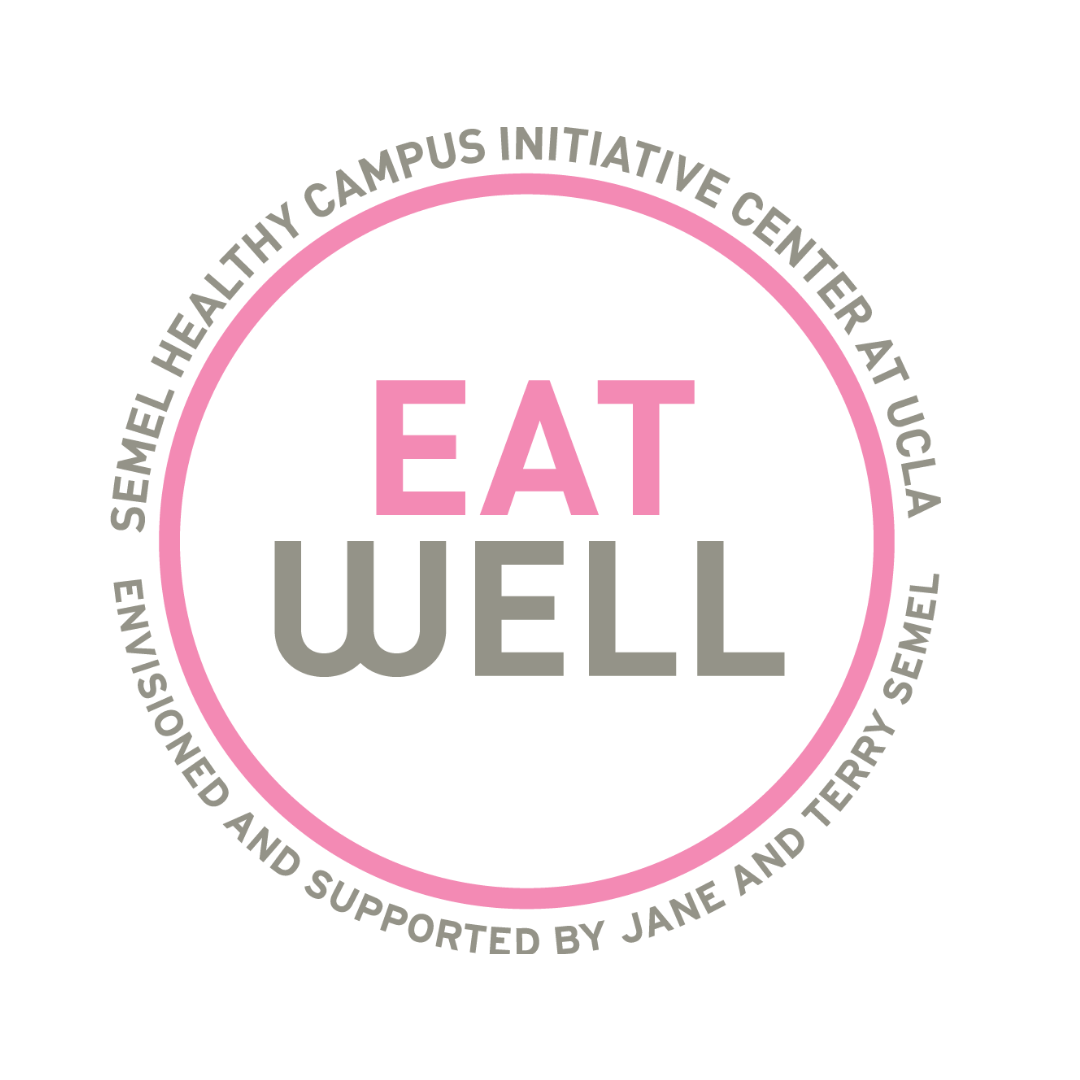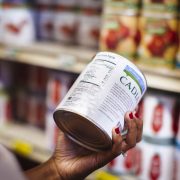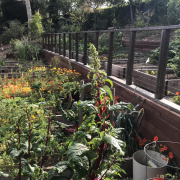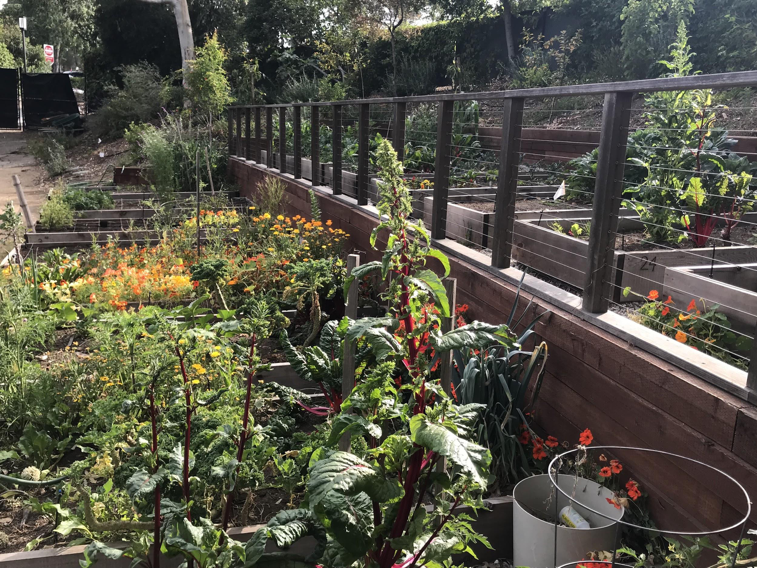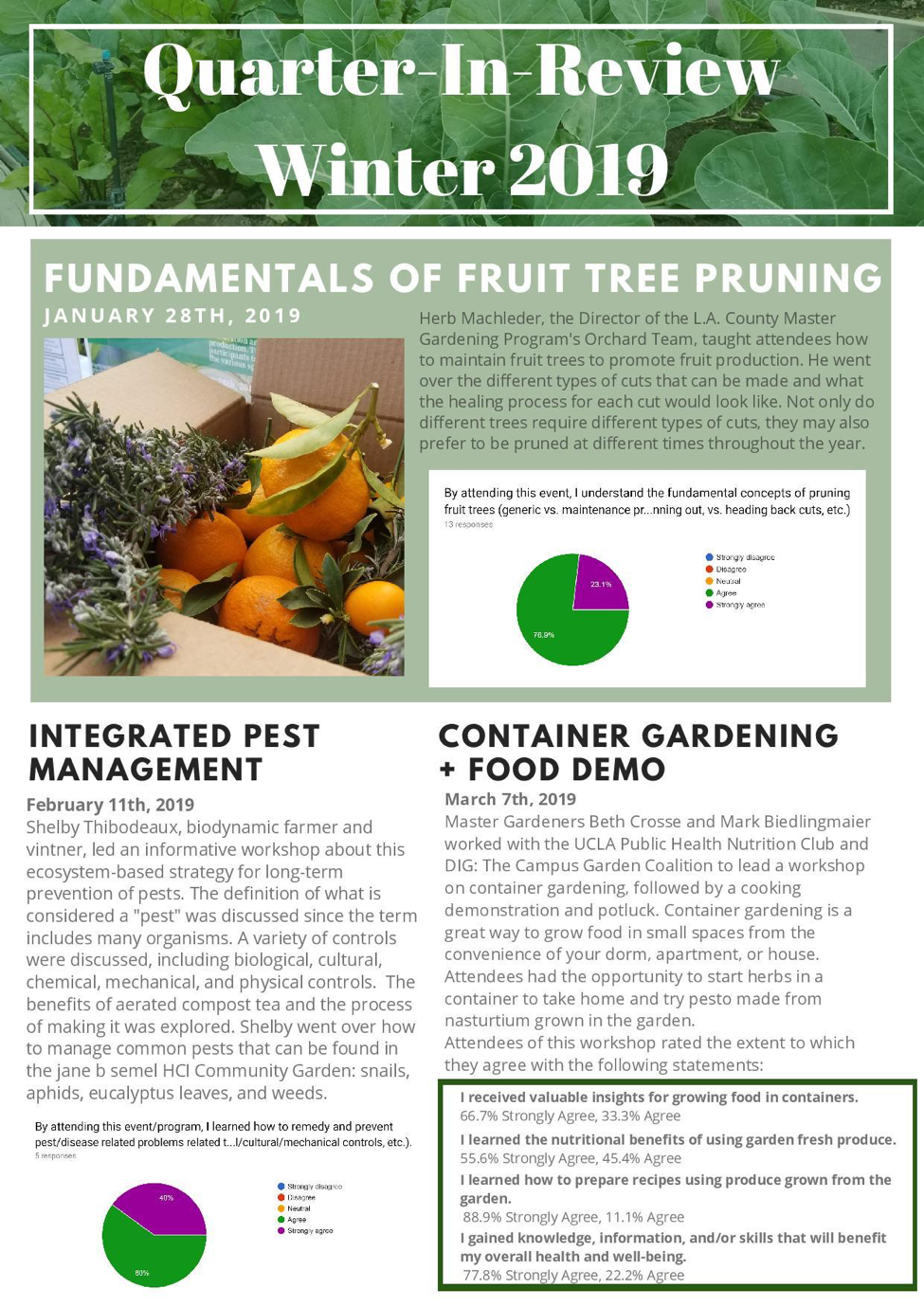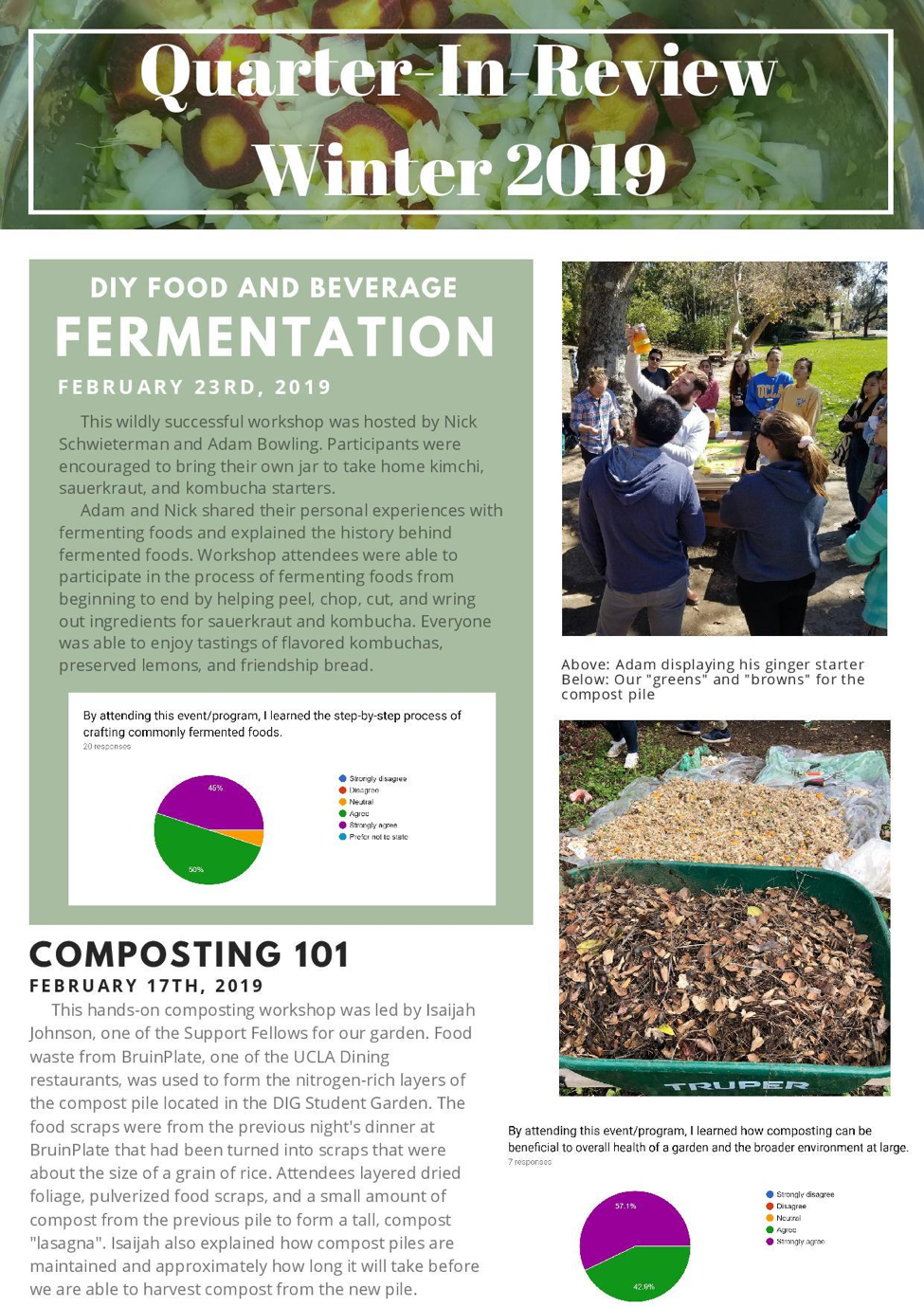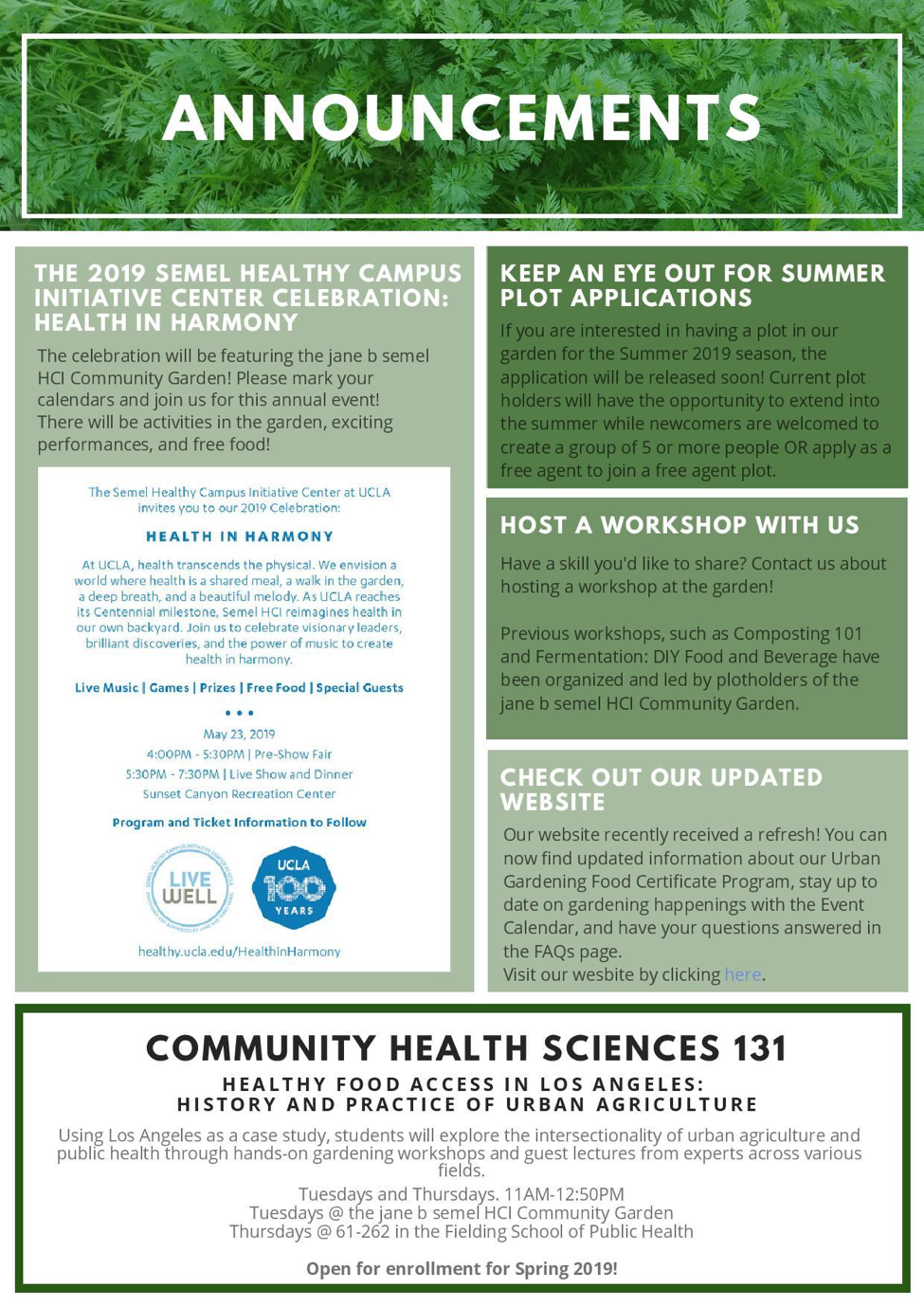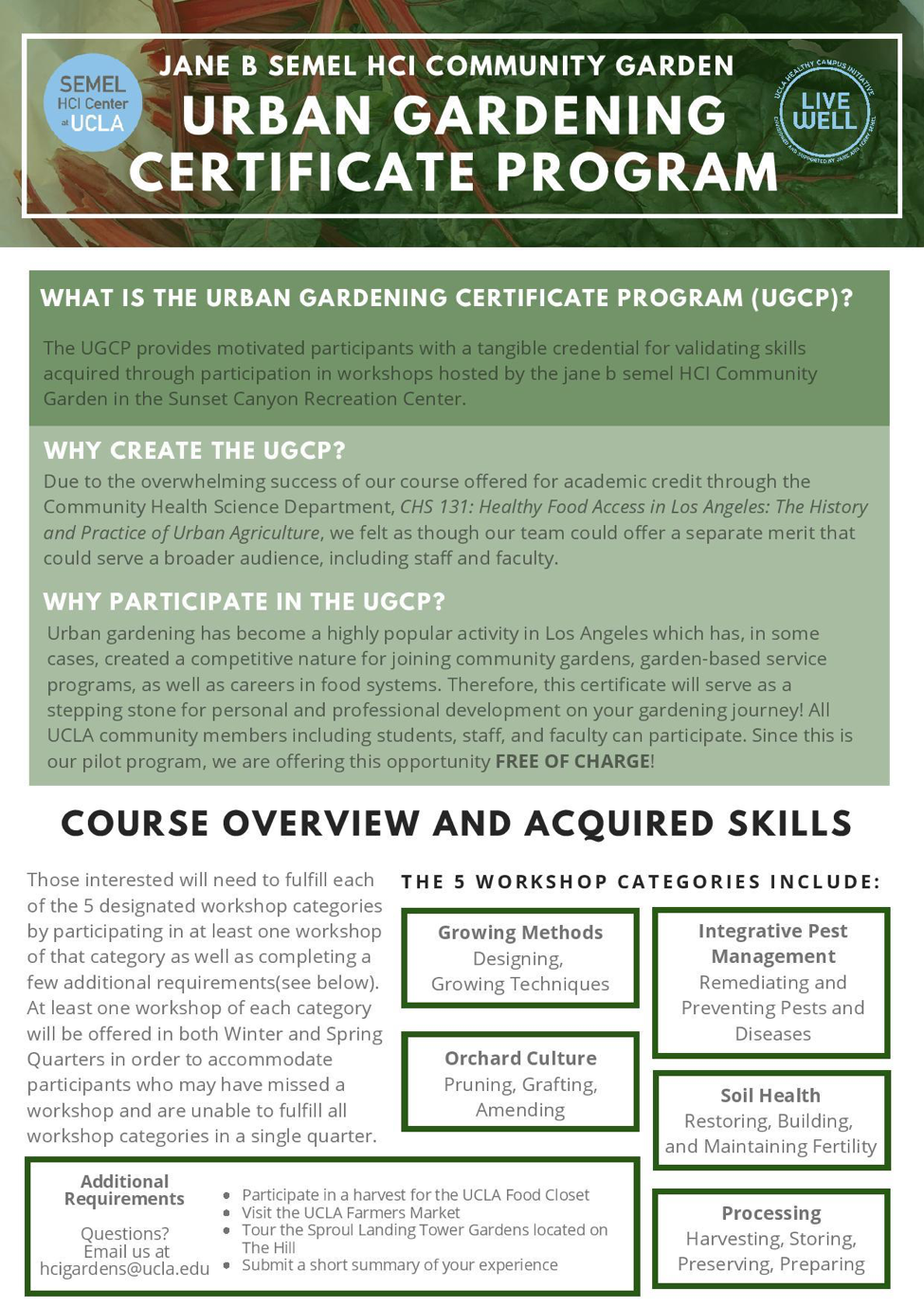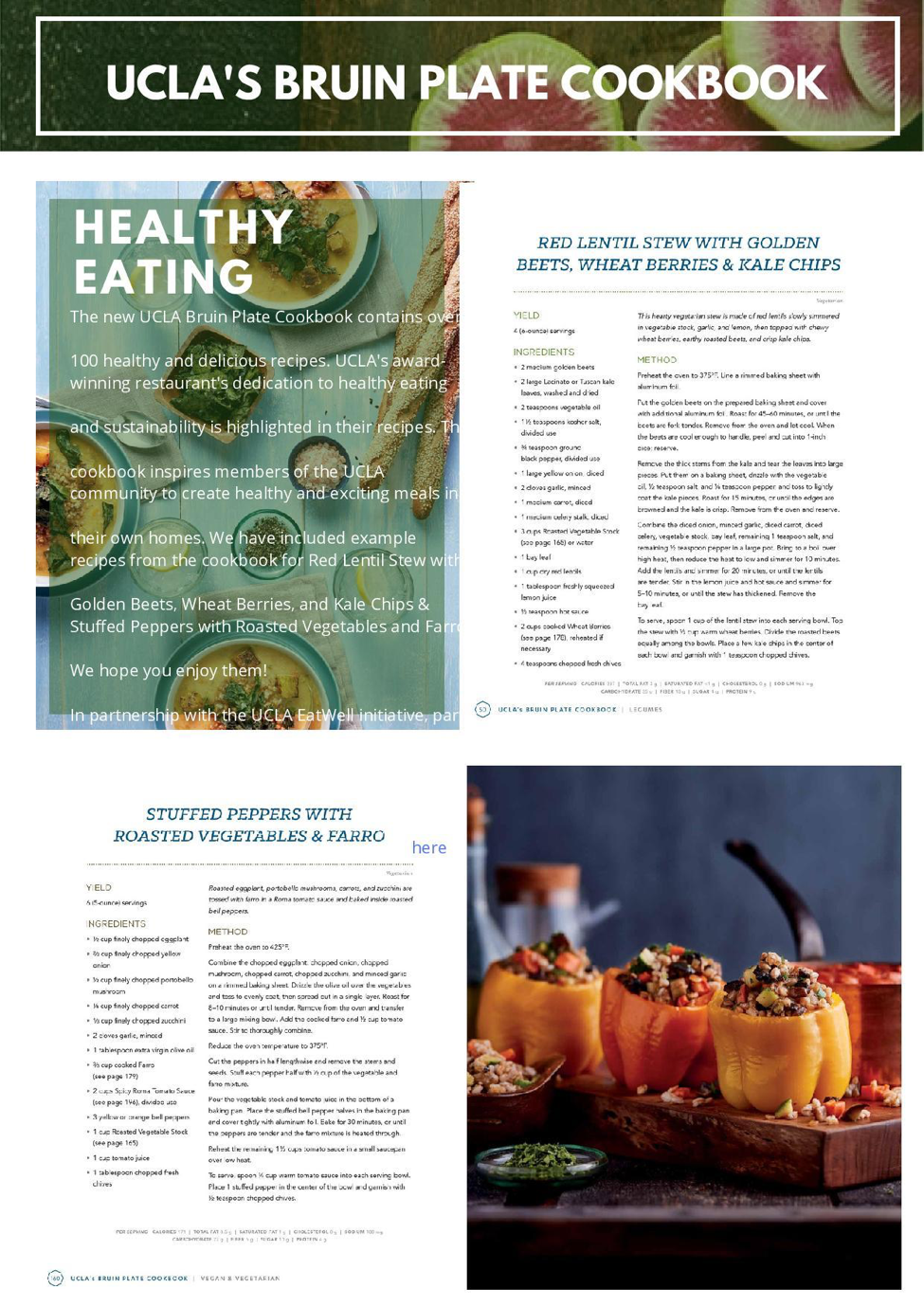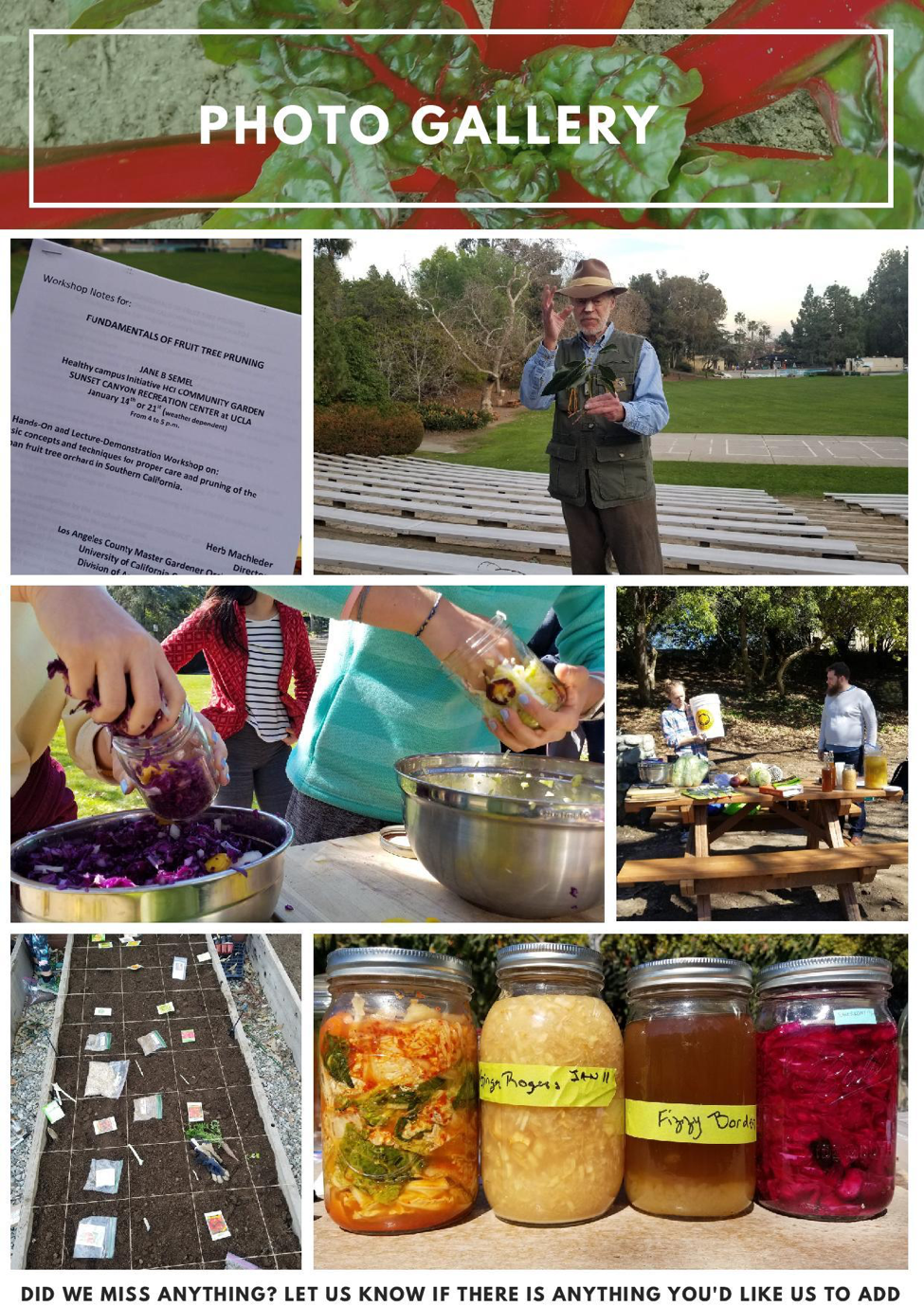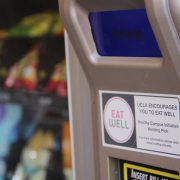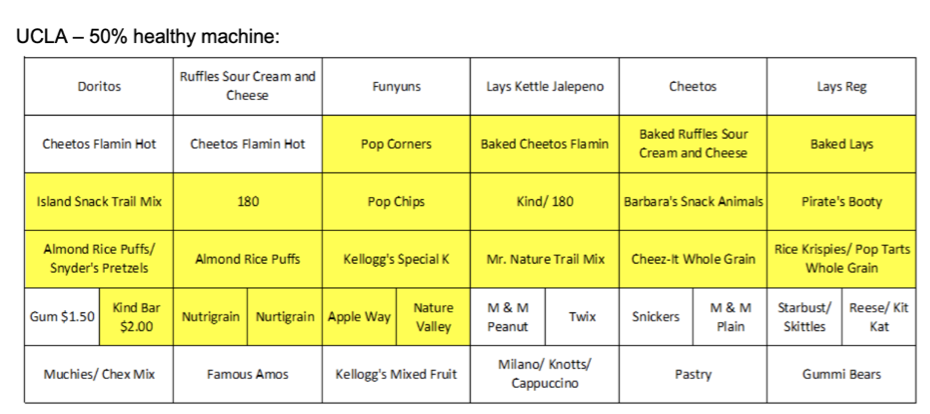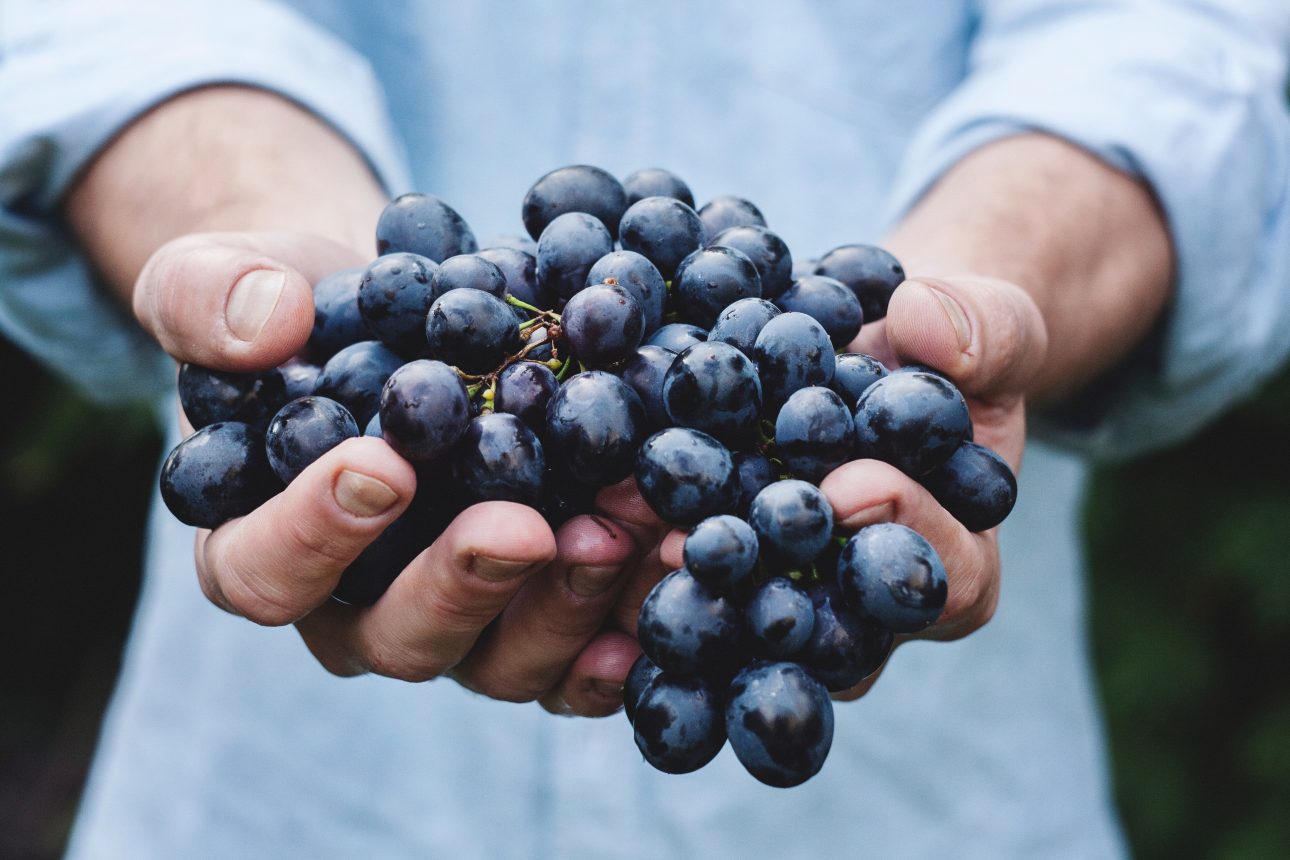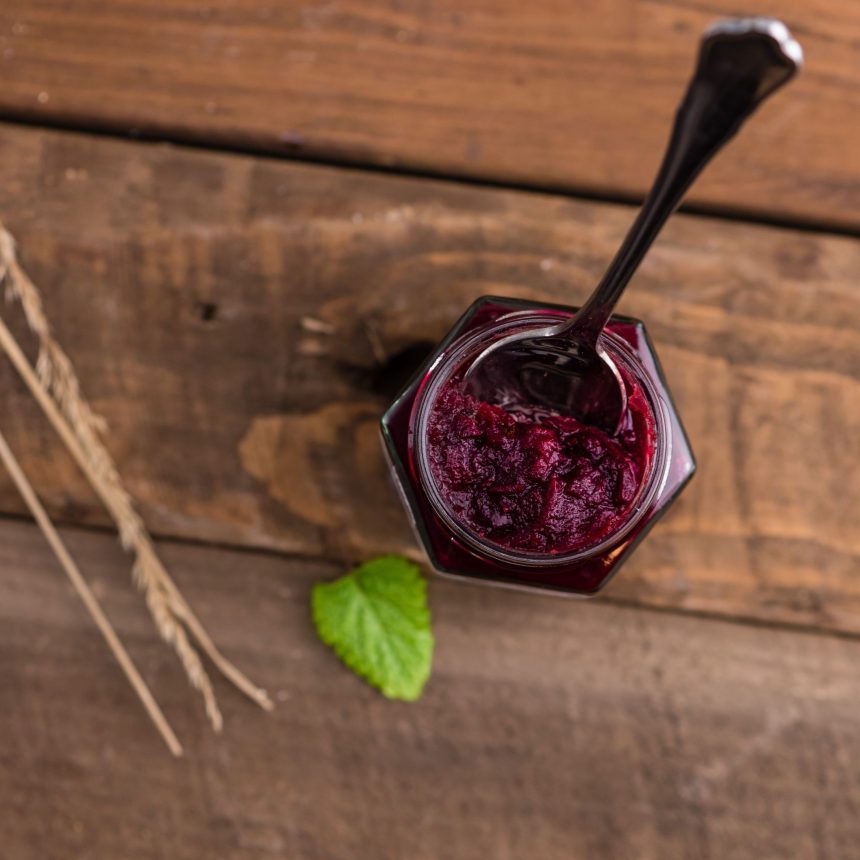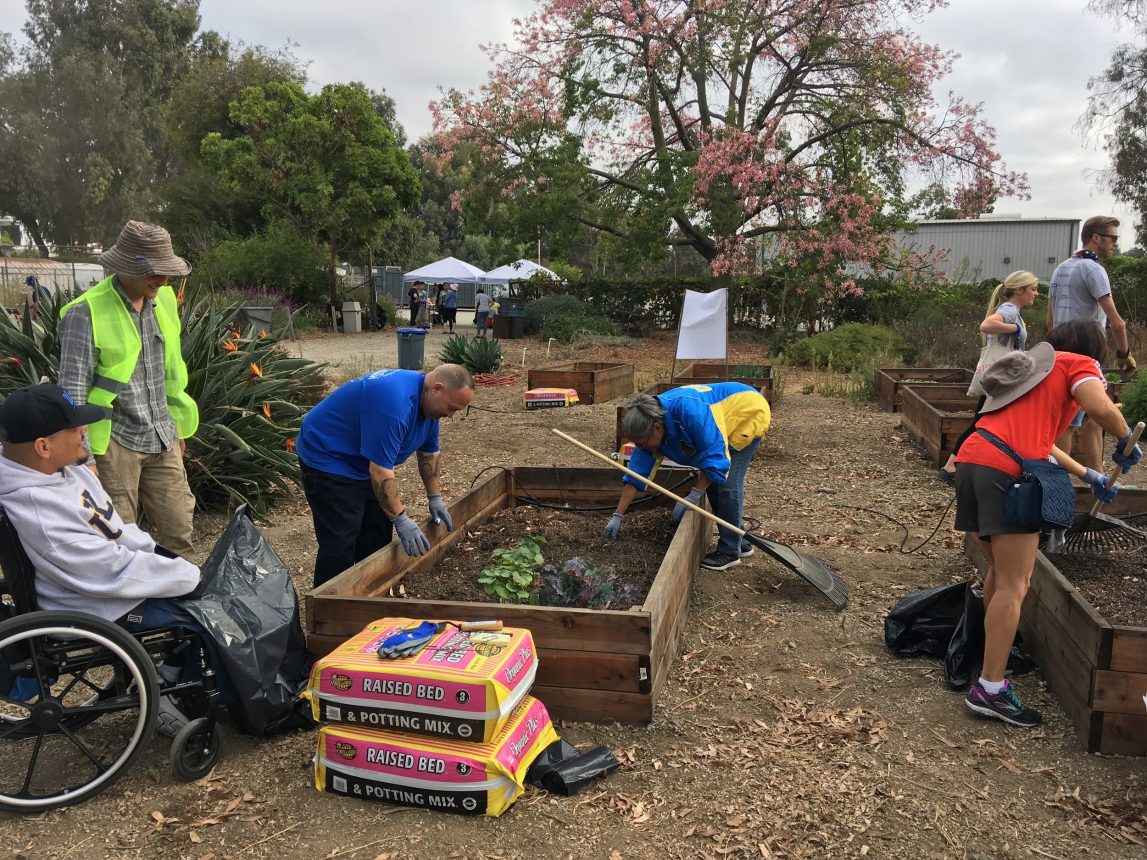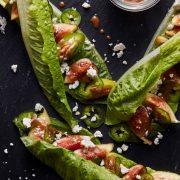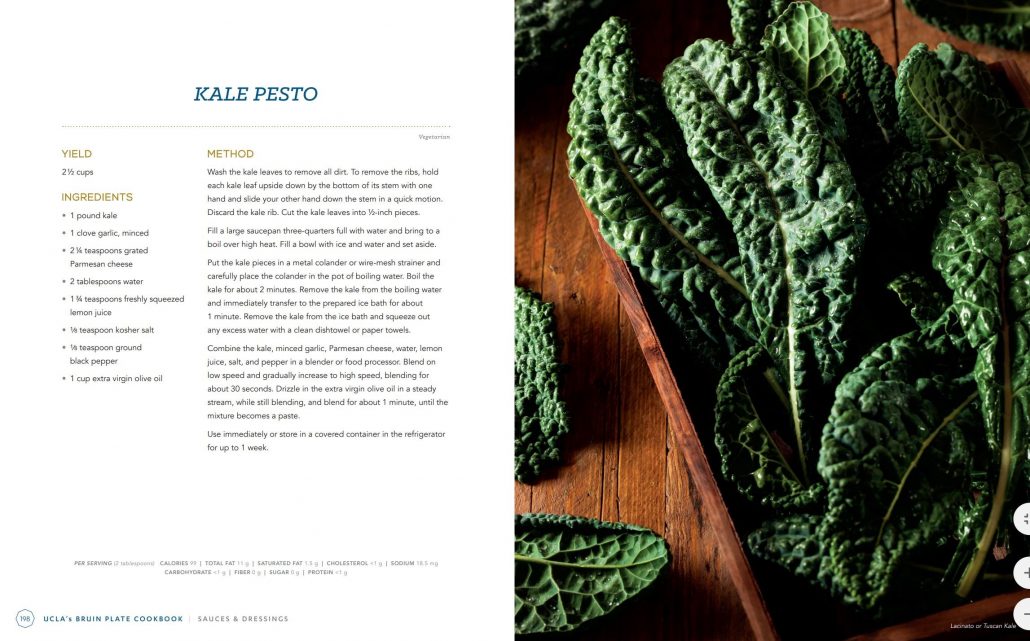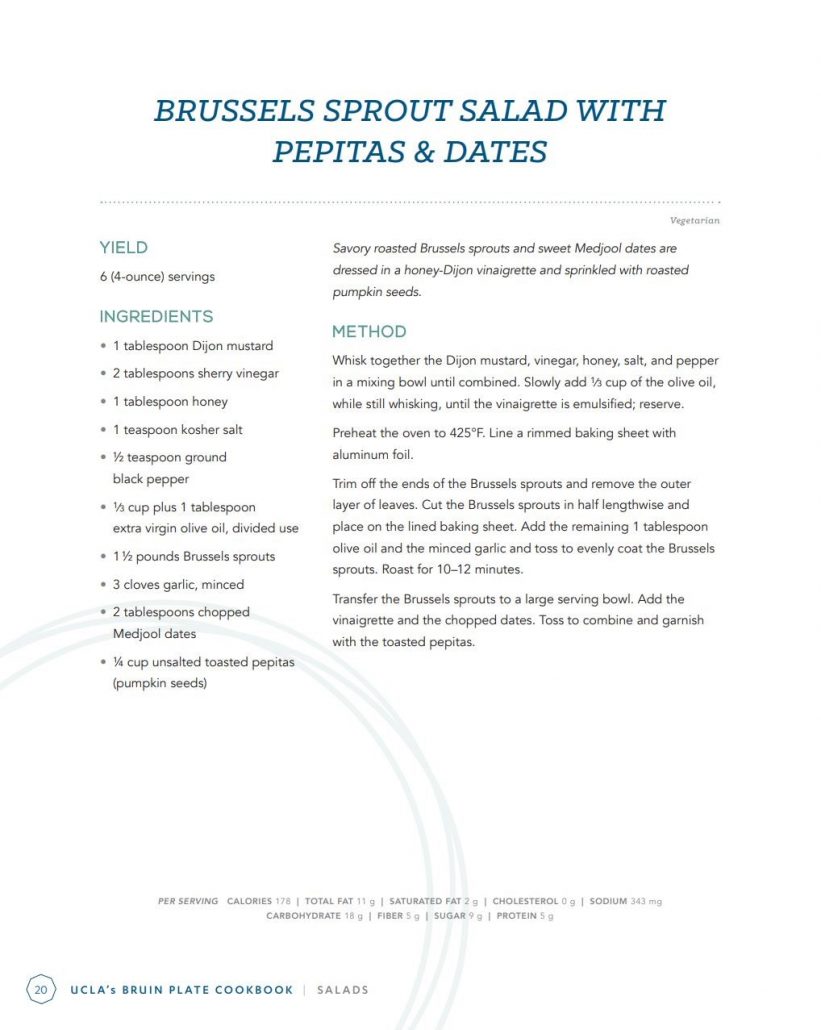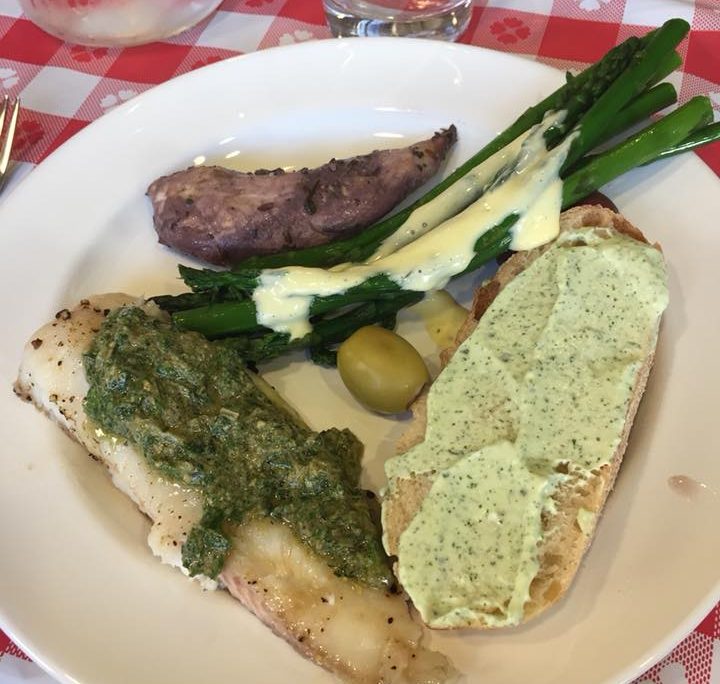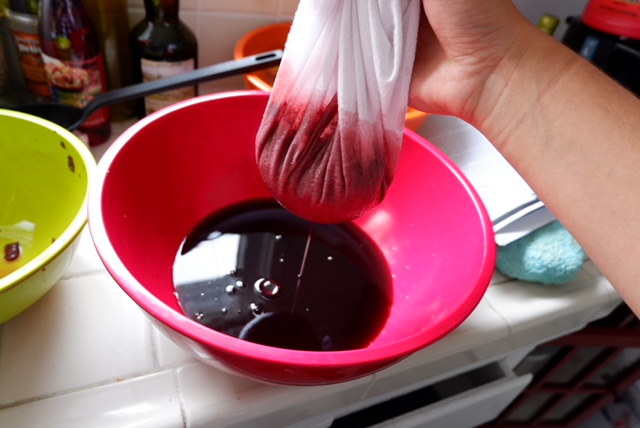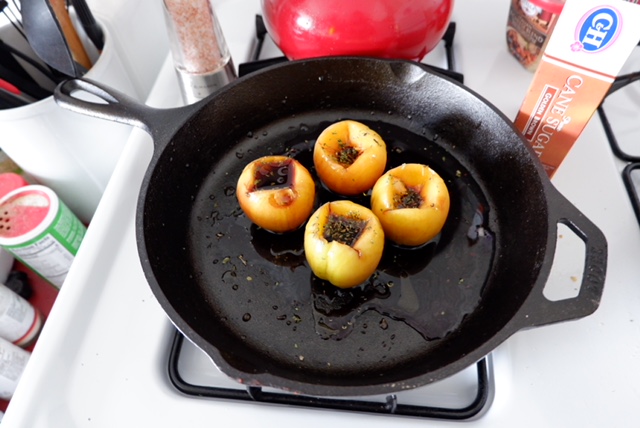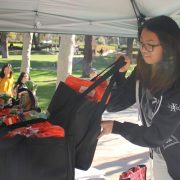9 “Health-Washed” Foods and How to Spot Them
Processed sugar–known nemesis to good health– hides itself under almost 100 different names on packaging, often to confuse the consumer into thinking the food they’re eating is healthy. Sugar in dessert such as cake is almost unavoidable, but at least in this case, the consumer usually knows that cake contains a high amount of sugar and understands it to be “unhealthy”. The greater issue arises when product marketing leads one to assume that they’re eating well, yet they still eat much more added sugar than they intend to.
This article should not necessarily serve as dietary recommendation, but as a reminder to check the nutrition facts and ingredients on items before you buy. In general, it’s good practice to search for more wholesome foods, with ingredients you can see and would personally use when cooking (eg. not hydrolyzed soy protein, disodium phosphate, MSG, high fructose corn syrup, etc), and understand that sugar may be listed under a variety of different names. If you’re hoping to avoid or cut down on processed sugar, make sure to check the sugar content on these items especially:
Peanut butter
One leading brand of peanut butter contains 3g of added sugar per 2 tbsp. While this number is relatively low compared to other items on the list, this example proves that added sugar can be hidden in plain sight, contributing to an overall increase in your total daily value.
Tip: Watch out for peanut butters that contain more than one or two ingredients; these one or two ingredients should be peanuts and salt.
Nut milk
Nut milks are often advertised as a healthful alternative to dairy milk. While they typically contain fewer calories and less saturated fat, it is easy to consume a significant amount of added sugar if you’re not cautious to look at the packaging.
- Soy Milk: 5g added sugar per 1 cup milk
- Almond Milk: 7g/cup
- Cashew Milk: 7g/cup
- Coconut Milk: 5g/cup
Tip: Oat milk is generally sold without any added sugar because it contains 7 grams of naturally occuring sugar. Unsweetened varieties of the milks listed above can be just as delicious, especially creamier options such as cashew milk and coconut milk.
Cereal and Granola
Listed below are the sugar contents for three types of cereal that are generally accepted as unhealthy:
- Sugar-coated flake cereal: 10g added sugar per ¾ cup cereal
- Oats and marshmallow cereal: 10g per ¾ cup
- Colorful fruit cereal: 7.5g per ¾ cup
A quick Google search reveals dozens of lists of supposed “healthy” cereal brands (1, 2, 3), but two issues arise. The first issue is that many of these cereals are available only online for purchase. The second, more important issue, is that some of these “healthier brands” may contain more added sugar.
- Crunchy granola: 10g per ¾ cup
- Whole grain peanut clusters: 12g per ¾ cup
Tip: For those looking for a low to no sugar option in stores, look for Bob’s Red Mill Muesli, which contains dates and raisins instead of any added sugar or Original Cheerios, which contains only 1g sugar per cup serving.
An even easier (and often cheaper!) alternative is plain oatmeal, to which you can add any fruit, nuts, seeds, nut butters, milks, or spices such as cinnamon for a completely customizable breakfast just as delicious as its sugar-laden cereal counterpart.
Single-serving oatmeal packages
Single-serving flavored oatmeals might not be the best alternative when cutting down on sugar. One issue is that these oatmeals advertise that they are “Heart Healthy” because they contain whole grains. While they’re not exactly lying, they completely avoid mentioning their sugar content (for good reason).
For example, a banana walnut oatmeal boasts that it is “made with oats, wheat, barley, rye, quinoa, and flaxseed” and that it contains “no high fructose corn syrup”, but fails to mention that the second ingredient after oats is brown sugar, and that the package contains a total of 19g of sugar.
An instant raisin, date, and walnut oatmeal contains a lower amount: only 11g of sugar. While some of this is inevitably natural sugar in raisins and dates, the second ingredient after oats is “sugar”, so it’s safe to assume that most of the sugar in this oatmeal is unhealthy sugar.
Tip: In both of these cases, you can just as easily make it yourself, by buying plain quick oats or steel cut oats, as long as the only ingredient is oats. Then add any toppings you like, including fruit or dried fruit for sweetness, milk, nuts, nut butters, and spices to create your personal breakfast masterpiece.
Dried fruit
While dried fruit is almost always a preferred alternative to other sweet snacks, if you are not actively searching for the unsweetened variety, you will find yourself consuming unnecessary added sugar.
- Dried cranberries: 29g of sugar per ¼ cup cranberries (26g of added sugar when compared to an unsweetened variety with 3g natural sugar per ¼ cup)
- Dried mangoes: 32g sugar per ⅓ cup dried mango (12g of added sugar when compared to an unsweetened variety with 20g natural sugar per ⅓ cup)
- Dried pineapple: 31g sugar per ¼ cup (5g of added sugar when compared to an unsweetened variety with 26g natural sugar per ¼ cup)
Tip: Some dried fruits that are very rarely sweetened are dates and raisins.
Trail mix
Trail mixes can contain a high amount of added sugar if they have chocolate pieces or any of the aforementioned sweetened dried fruits. As a general guideline, trail mixes with only raisins or dates are added-sugar-free, but if the trail mix contains cranberries, cherries, pineapple, mango, or crystallized ginger, it will often contain added sugar.
Tip: The best way to ensure that you’re getting exactly what you want from your trail mix is by making large batches of it yourself. Adding 80%-90% dark chocolate doesn’t increase sugar content by much, and it’s easy to adjust the flavor and sweetness by adding different types of nuts and unsweetened dried fruits.
Protein bars
Protein bars are advertised as a great catalyst for post-workout muscle regeneration, but many are just as sugary as any dessert. Just as cereals would much rather emphasize the whole grains they contain than their high sugar content, protein bars would much rather emphasize their high protein content and the energy they provide, ignoring how much of that “energy” comes from processed sugars.
- Energy bars: 21g sugar per bar: Not only do these bars list “Organic Brown Rice Syrup” (another fancy name for sugar) as the first ingredient, the list also includes “Organic Cane Syrup” and “Barley Malt Extract”.
- Cherries and berries bar: 16g sugar per bar: While in this bar, much of the sugar content come from the fruit it contains, the fact is that the first ingredient is “Organic Brown Rice Syrup”. In essence, there is more brown rice syrup in this bar than there is oats, the second ingredient.
Tip: Look for low sugar alternatives on your local grocery store shelves! There are many options include no or little added sugar or are sweetened with natural sweeteners such as monk fruit extract.
Sauces
This may be more surprising than some of the others on the list. The amount of sugar is so small, that, like in peanut butter, it often goes unnoticed, but may be significantly increasing the amount of sugar you consume.
- Marinara sauce: 4g sugar/ ½ cup sauce
- Sriracha: 3g sugar/1 tbsp
- Ketchup: 4g sugar/1 tbsp ketchup
Barbeque sauce: 8g sugar/1 tbsp BBQ sauce (sugar is the first ingredient in this BBQ sauce!)
Tip: Low sugar alternatives to these sauces do exist! As long as you’ve got an eye out for lower-sugar or sugar-free options and are fortunate to live near grocery stores that sell these alternatives, it’s not too difficult to find similar tasting, healthier options for a comparable price.
Yogurt
Just like “healthy” cereals like to advertise the whole grains they contain, and “healthy” protein bars like to advertise the high amount of protein they contain, yogurts often like to emphasize that they are low-fat and high in protein, but rarely mention the high amount of sugar they contain.
- Strawberry probiotic yogurt: 12 g sugar/ 4oz serving
- Original mixed berry yogurt: 13g sugar/ 4oz serving
In both of these examples, some of this is added sugar, and some is naturally occurring milk sugar. Comparing with the added-sugar-free yogurts listed below, these two contain approximately 8g of added sugar.
Tip: Mix in some fresh fruit with unsweetened yogurt to give it the same sweetness, but with more fiber.
Patience Olsen is an undergraduate student at UCLA majoring in Civil Engineering. In addition to blogging for the EatWell Pod, she volunteers at the Mildred E. Mathias Botanical Garden on campus, and is a member of the ASCE Environmental Design project.
